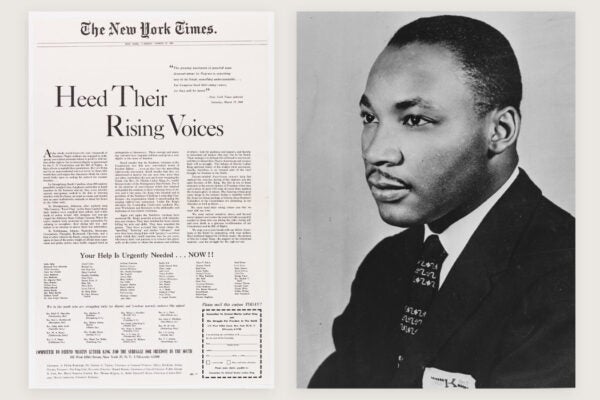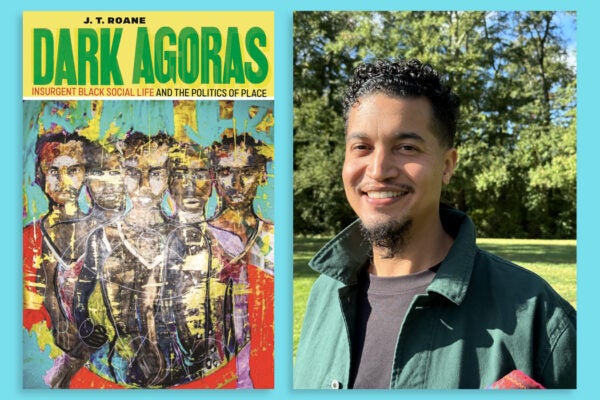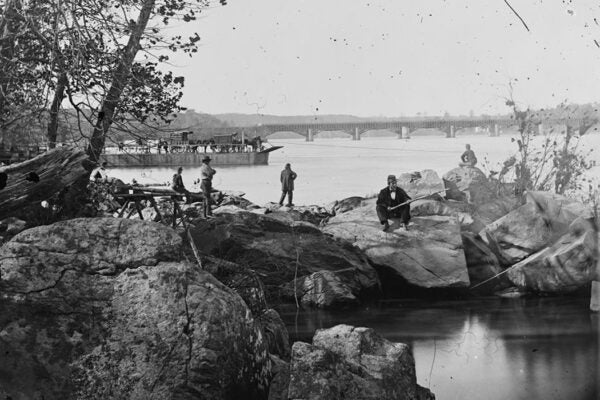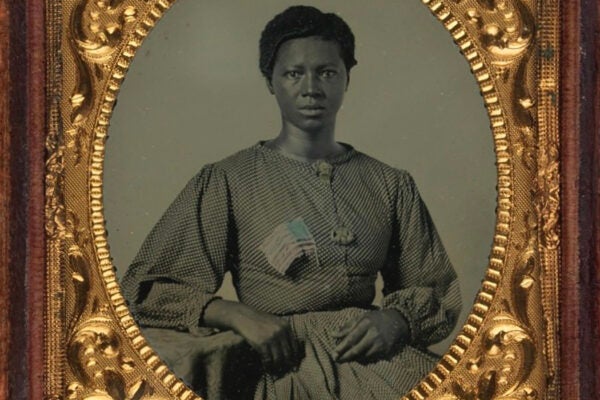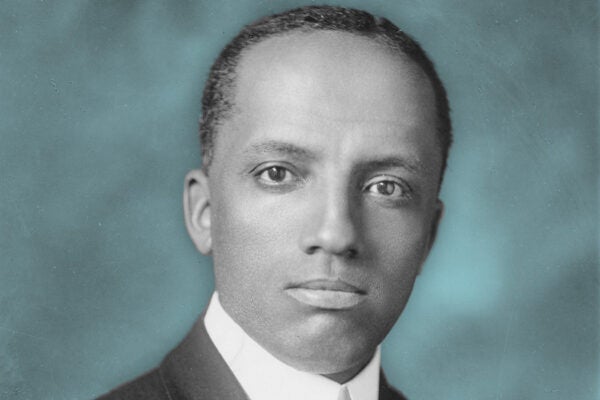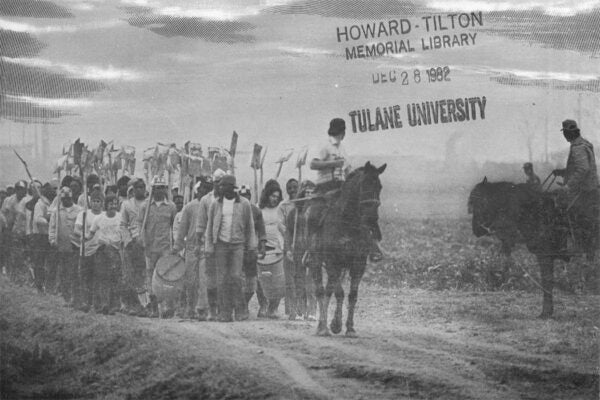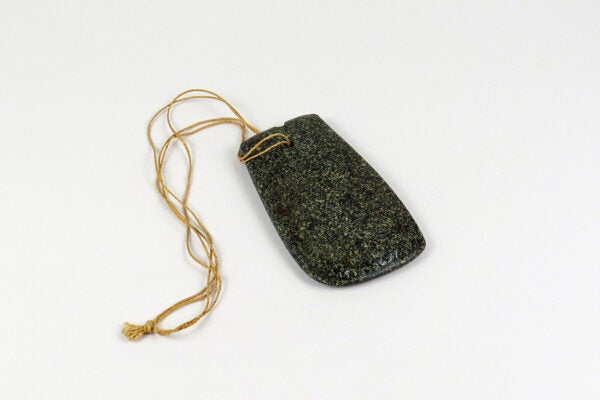“Heed Their Rising Voices”: Annotated
In 1960, an ad placed in the New York Times to defend Dr. Martin Luther King, Jr. and other civil rights activists touched off a landmark libel suit.
Black Women Were Also Lynched
A case study of the 1912 lynching of Mary Jackson in Harrison County, Texas, provides insight into the contradictory culture of racial violence.
The Haitian Revolution and American Slavery
For both US politicians and enslaved Black Americans, the Haitian Revolution represented the possibility of a successful violent rebellion by the oppressed.
Birth of A National Immigration Policy
Until the Civil War, regulating immigration to the US was left to individual states. That changed with Emancipation and the legal end of slavery.
Historian J.T. Roane Explores Black Ecologies
Considerations of climate change and environmentalism have for too long paid no mind to where Black people live and in what conditions.
Island in the Potomac
Steps from Georgetown, a memorial to Teddy Roosevelt stands amid ghosts of previous inhabitants: the Nacotchtank, colonist enslavers, and the emancipated.
Home Front: Black Women Unionists in the Confederacy
The resistance and unionism of enslaved and freed Black women in the midst of the Confederacy is an epic story of sacrifice for nation and citizenship.
Museum Roots
The founders of Black American museums in the post-World War II era were all shaped by Carter G. Woodson’s “Negro Canon” of history and art.
The Cost of Inflation in Prison
In prisons across the country, the long history of legal forced labor intersects with present-day inflation.
Dubious Medicine on the Texas Frontier
If you got sick in the Texas frontier area in the decades before the Civil War, your options were all pretty bad.
